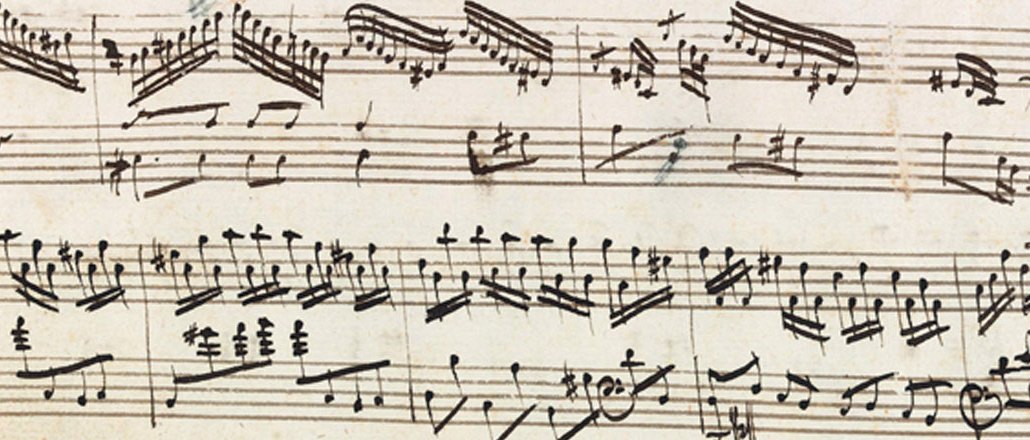Connect with execs from The New York Times, TIME, Dotdash Meredith and many more

This is our video series Future Craft, where we profile creatives about how they’re adapting their craft and modernizing their technique for our evolving digital world.
Composer and producer Anthony Barfield has an entire orchestra at the tip of his fingers. With a laptop and the tap of mouse, he can cue up violins, trumpets, oboes or bassoons. With a few more clicks and movements on the keyboard, he can compose a entire musical score for an ensemble. Barfield, a graduate of The Juilliard School, has perfect pitch and plays the piano, but he admits he can’t imagine composing music without computer software like Finale or Logic Pro X.
“Those composers back then [like Mozart or Beethoven] were geniuses. They could hear every single instrument in their heads,” said Barfield. “Nowadays we don’t necessarily have to do that because we have these amazing instrumental libraries.”
Barfield says advances in music-composition software have given him creative freedom to write for instruments he doesn’t know how to physically play. Watch the video to also find out how music composition has evolved from candlelight and quill pens to software and laptops.
More in Media

Retail media meets publishing: News UK, Future and Ocado tap clean room tech for smarter data targeting
News UK, The Independent, Immediate Media and Future are teaming up with retail media network Ocado to test clean room-powered data matching.

From sidelines to spotlight: Esports events are putting creators center stage
Esports events’ embrace of content creators reflects advertisers’ changing priorities across both gaming and the wider culture. In the past, marketers viewed esports as one of the best ways to reach gamers. In 2025, brands are instead prioritizing creators in their outreach to audiences across demographics and interest areas, including gaming.

Condé Nast and Hearst strike Amazon AI licensing deals for Rufus
Condé Nast and Hearst have joined the New York Times in signing a licensing deal with Amazon for its AI-powered shopping assistant Rufus.





